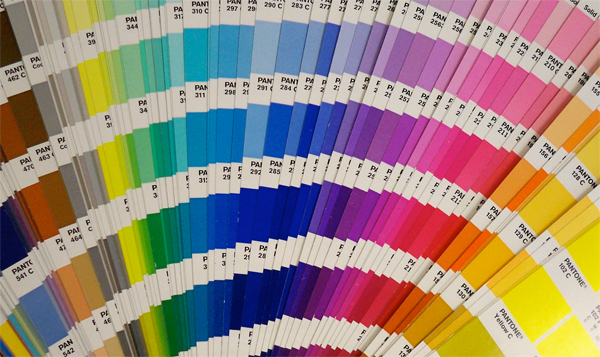May 9, 2014
sewblest
Not rated yet

You may have had a friend or client ask you to stitch their company
or school colors on apparel using PMS colors. Typically, the mere mention of
PMS strikes fear in the hearts of many. Here, PMS refers to Pantone Matching
System and how it helps with color consistency in embroidery thread.
Pantone is the international standard in color matching. They
started out standardizing colors in 1963 for the graphics and printing
industries. Since then, they have expanded color matching throughout textiles
and beyond.
The idea is that colors appear differently not only to those
viewing them but also across different mediums. One color can look much different
on two separate computer screens. Printouts from any two printers can look far
from the same. It is impossible to accurately reproduce paint or ink without a
formula. With dozens of varying shades of the same color thread, there is no
way to consistently match color without using Pantone's color matching system.
Businesses use PMS colors in their logos and stationery to consistently
represent their brand. It is only natural that they also want their apparel to
match. Fortunately, most thread manufacturers provide PMS numbers for their
threads.
Another benefit to PMS colors for embroidery thread is that they
help you get a better match when ordering another brand of thread sight unseen.
Because it's impossible to accurately match colors onscreen, ordering a particular
PMS color will ensure you know how it will really look without comparing the
spool in your hand with the one you are ordering online.
Here are some links to help with PMS/thread equivalents:
Isacord
Madeira
Sulky
Robison Anton
Debbie SewBlest